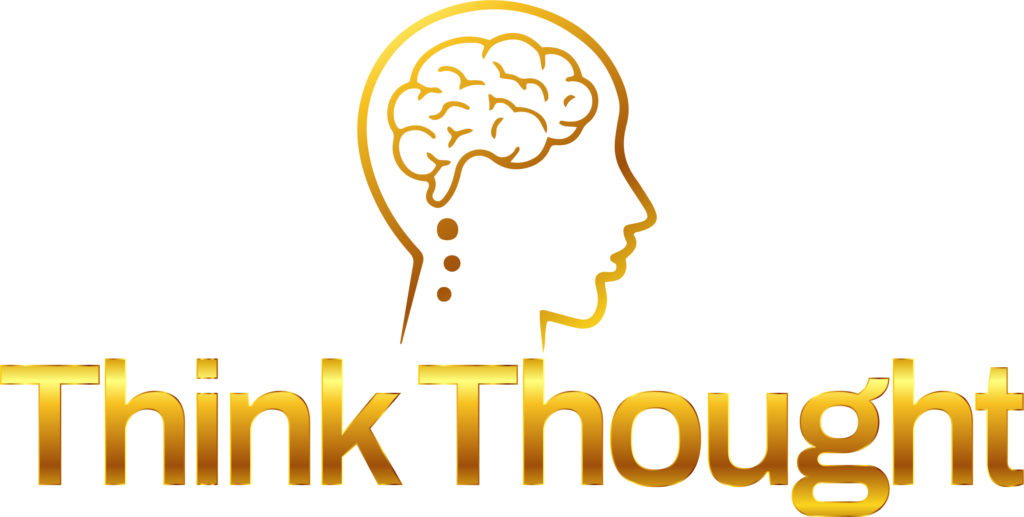Mental Health in a Digitally Distracted World
Mental health struggles are more common than we often acknowledge. According to the National Institute of Mental Health (NIMH), nearly 1 in 5 U.S. adults lives with a mental illness. Anxiety and depression are leading the pack—and our always-on digital world isn’t helping.
Some contributing factors include:
-
Information overload
-
Social media comparison
-
Remote work fatigue
-
Lack of boundaries between “work” and “life”
Even though we’re hyperconnected, many of us feel more isolated and emotionally drained than ever.
Virtual Mindfulness as a Modern Mental Health Tool
Mindfulness—the practice of being fully present in the moment—has been linked to numerous mental health benefits, including lower stress, improved focus, and emotional regulation. But you don’t have to attend a retreat or find a mountaintop to access its benefits.
What Is Virtual Mindfulness?
At its core, virtual mindfulness is the integration of mindfulness-based practices into digital formats like:
-
Online therapy and coaching
-
Meditation apps (like Headspace and Calm)
-
Virtual support groups
-
Guided video/audio exercises
This digital approach makes mindfulness more accessible to those who might not otherwise have the time, mobility, or resources.
How It Helps
Multiple studies support the effectiveness of virtual mindfulness practices:
-
A 2021 study in the Journal of Medical Internet Research found that online mindfulness programs significantly reduced symptoms of anxiety and depression in participants.
-
The American Psychological Association (APA) highlights how virtual access to mental health resources became critical during the pandemic—and continues to offer value today.
Benefits of Virtual Mindfulness for Mental Health
You’re not just learning to “be calm.” You’re rewiring your brain for resilience. Here’s how that plays out in real life:
Improved Cognitive Function
Mindfulness practices increase prefrontal cortex activity, supporting better decision-making and emotional control.
Better Emotional Regulation
Breathwork and body scans used in mindfulness calm the nervous system, reducing reactivity and emotional overwhelm.
Reduced Stress and Anxiety
According to Harvard Health, even 10 minutes of daily mindfulness can lower cortisol levels—the body’s main stress hormone.
Greater Self-Awareness
By observing thoughts non-judgmentally, people gain insight into behavioral patterns that may be sabotaging their mental health.
Making Virtual Mindfulness Part of Your Routine
Starting a mindfulness practice online doesn’t have to be complicated. It’s about small shifts, done consistently.
Beginner Tips for Building Your Virtual Practice
-
Start with short guided meditations: Try 5–10 minutes daily using free resources on YouTube or apps like Insight Timer.
-
Use reminders: Set a calendar notification to take 2-minute breathing breaks throughout your day.
-
Create a mindful workspace: Reduce distractions by muting nonessential notifications during mindfulness moments.
-
Track your progress: Journaling how you feel before and after sessions can reinforce the benefits.
Best Times to Practice
-
First thing in the morning for clarity
-
Midday reset to tackle stress
-
Wind-down routine before sleep
Who Is It For?
You don’t need a specific diagnosis or spiritual background to benefit from mindfulness. It’s useful for:
-
College students balancing deadlines and anxiety
-
Remote professionals feeling burnout
-
Parents juggling chaos and calm
-
Individuals navigating grief, trauma, or recovery
And because it’s virtual, it’s available whenever and wherever you need it.
The Science Backs It Up
Still skeptical? You’re not alone. But the data keeps piling up.
-
A Stanford study revealed that brief virtual mindfulness interventions led to lasting mental health improvements in as little as 4 weeks.
-
Researchers from UCLA’s Mindful Awareness Research Center found that digital mindfulness training improved emotional resilience during stressful events.
Realistic, Not Perfect: A Note on Expectations
Let’s be honest: you won’t become a Zen master overnight. Some days, your “meditation” might be sitting quietly while your mind races. That’s okay.
Mindfulness isn’t about perfection—it’s about intention. The more you show up, the easier it becomes.
Why It Matters Now More Than Ever
As we face ongoing uncertainty, global stressors, and personal transitions, the need for grounding practices has never been greater. Virtual mindfulness bridges the gap between accessibility and effectiveness—delivering peace of mind straight to your screen.
At Think Thought Psychiatry LLC, we understand the complexities of the modern mind. While we’re not here to promote ourselves, we recognize the value of integrating digital mindfulness tools into holistic mental health care.
Your Next Step: Try It Today
Ready to begin? You don’t need fancy tools or perfect silence. Just you, a few minutes, and a willingness to be present.
Here’s a quick 3-step starting point:
-
Download a free mindfulness app like Smiling Mind or UCLA Mindful.
-
Set a 5-minute timer and practice focused breathing.
-
Reflect on how you feel afterward—no judgment.
Even one mindful moment a day can lead to real, measurable change.
